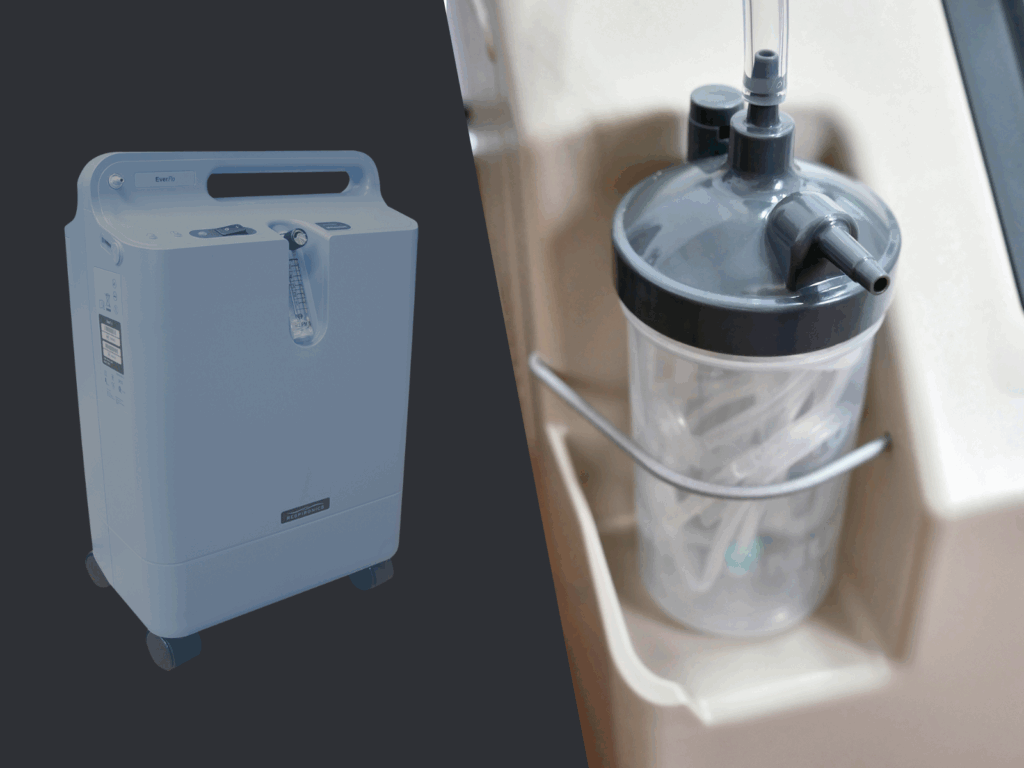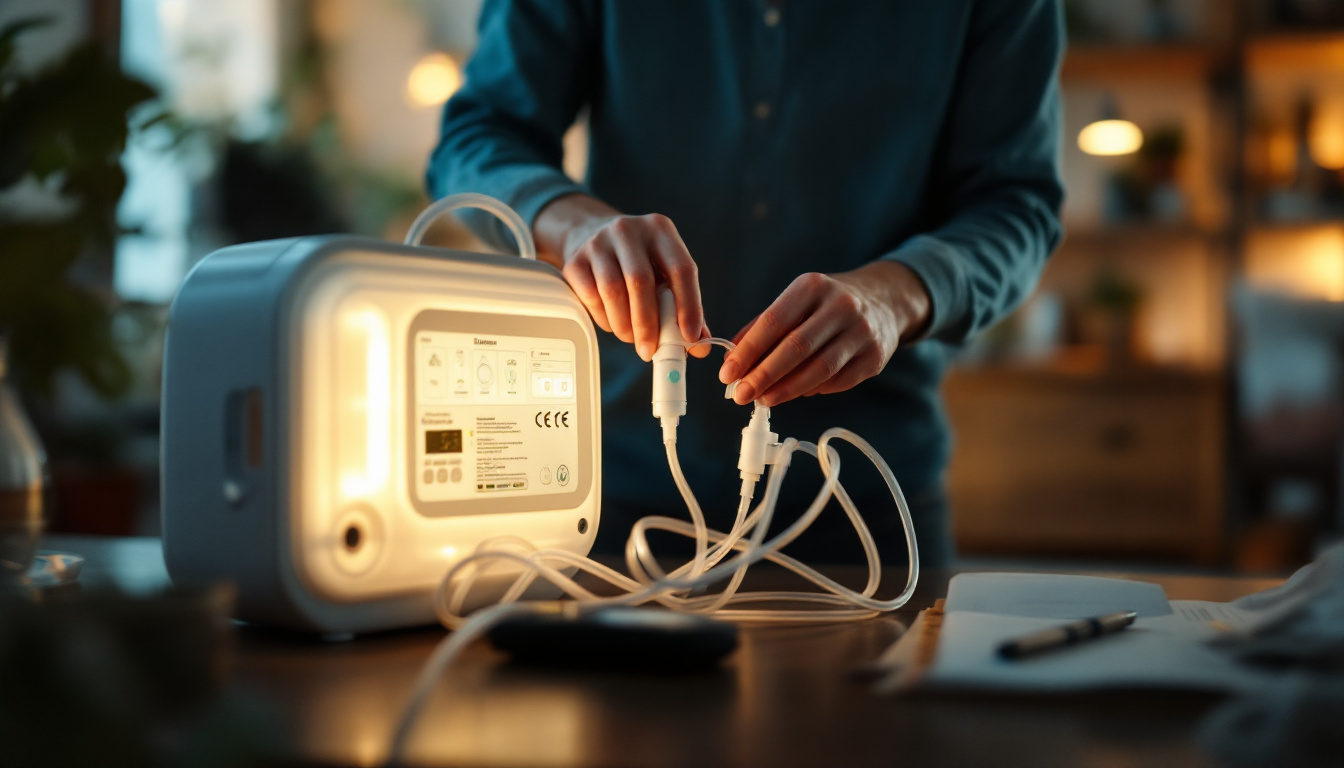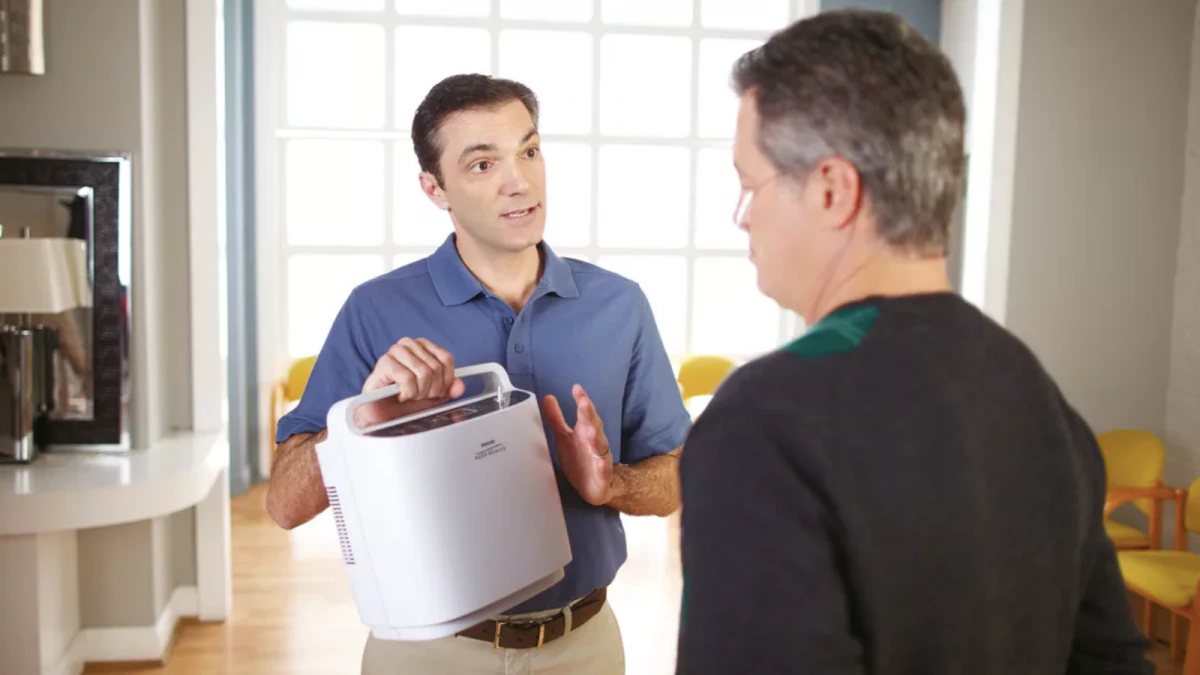In recent years, the demand for home oxygen equipment has surged, primarily due to an increase in respiratory conditions and the ageing population. For many individuals, having access to oxygen therapy at home is not just a convenience, but a necessity. However, purchasing home oxygen equipment is not a straightforward task. This article aims to provide essential insights and considerations to help you make an informed decision.
Understanding Oxygen Therapy
Oxygen therapy involves the administration of oxygen to individuals who have low levels of oxygen in their blood. This treatment is vital for those suffering from chronic obstructive pulmonary disease (COPD), asthma, pneumonia, and other respiratory illnesses. The primary goal is to ensure that patients receive adequate oxygen to maintain their health and improve their quality of life. In addition to these conditions, oxygen therapy may also benefit individuals with sleep apnoea, certain heart conditions, and even those recovering from surgery, where oxygen levels may be compromised. The therapy can be delivered in various settings, from hospitals to the comfort of one’s home, allowing for flexibility in treatment and care.
Purchasing home oxygen equipment is a significant decision that requires careful consideration. Understanding the different types of equipment, consulting with healthcare professionals, and evaluating your personal needs are all essential steps in the process. By taking the time to research and prepare, you can ensure that you select the right equipment to enhance your quality of life and manage your respiratory condition effectively.
Types of Oxygen Equipment
Before purchasing, it’s crucial to understand the different types of oxygen equipment available. The most common options include:
- Oxygen Concentrators: These devices extract oxygen from the surrounding air, delivering a continuous supply of oxygen. They are ideal for home use due to their portability and ease of use. Modern concentrators often come equipped with features such as alarms that alert users to low oxygen levels or malfunctions, ensuring safety and reliability.
- Oxygen Cylinders: These are pressurised tanks filled with oxygen. They are often used for short-term needs or during travel, as they can be easily transported. Available in various sizes, from small portable tanks to larger stationary ones, they provide flexibility depending on the patient’s needs.
- Liquid Oxygen Systems: These systems store oxygen in a liquid state, which can be converted to gas when needed. They are typically more efficient but require careful handling. Liquid oxygen systems can provide a higher volume of oxygen in a smaller space, making them advantageous for active individuals who require a robust supply while on the go.
Consulting a Healthcare Professional
Before acquiring any oxygen equipment, it is essential to consult with a healthcare professional. A doctor or respiratory therapist can assess your specific needs and recommend the most suitable type of oxygen therapy. They will also provide guidance on the appropriate flow rate and duration of use, ensuring that you receive the correct dosage for your condition. Moreover, ongoing follow-up appointments may be necessary to monitor your progress and make adjustments to your therapy as needed. This collaborative approach not only enhances the effectiveness of the treatment but also empowers patients to take an active role in managing their health.

Furthermore, healthcare professionals can educate patients on the signs of oxygen deprivation and the importance of adhering to prescribed therapy. Symptoms such as increased shortness of breath, confusion, or rapid heart rate may indicate that oxygen levels are dropping, necessitating immediate attention. Understanding these signs can be crucial for timely intervention and can significantly impact the overall management of respiratory conditions. Additionally, support groups and educational resources may be available to help patients and their families navigate the challenges associated with long-term oxygen therapy, fostering a sense of community and shared experiences.
Factors to Consider When Buying Home Oxygen Equipment
When selecting home oxygen equipment, several factors should be taken into account to ensure that you make a well-informed choice.
Prescription Requirements
In Australia, oxygen therapy typically requires a prescription. This is because the amount of oxygen needed can vary significantly from person to person. A healthcare provider will evaluate your condition and determine the appropriate prescription, which will guide your purchase of equipment. It is also important to have regular follow-ups with your healthcare provider to monitor your oxygen levels and adjust your prescription as necessary. This ongoing assessment can help prevent complications and ensure that you are receiving the optimal amount of oxygen for your needs. Find more about prescription on https://pmc.ncbi.nlm.nih.gov/articles/PMC6900823/
Budget and Costs
The cost of home oxygen equipment can vary widely based on the type of device and the supplier. It is essential to consider your budget and explore various options. Some equipment may be covered by health insurance, so it is advisable to check with your provider regarding coverage and any out-of-pocket expenses. Additionally, consider the ongoing costs of oxygen supplies, such as refills for cylinders or maintenance for concentrators. It might also be worth investigating government subsidies or assistance programs that can help alleviate some of the financial burden associated with long-term oxygen therapy, as these can vary significantly by region and may provide substantial savings.
Portability and Lifestyle Needs
Your lifestyle and mobility requirements will significantly influence your choice of equipment. For instance, if you lead an active lifestyle or travel frequently, a portable oxygen concentrator may be the best option. In contrast, if you spend most of your time at home, a stationary concentrator or larger oxygen cylinder may suffice. Assessing your daily activities and how often you will need to use oxygen will help determine the most suitable solution. Furthermore, consider the weight and battery life of portable devices, as these factors can greatly impact your ability to use them comfortably throughout the day. Some portable models also come with additional features, such as built-in alarms or connectivity options, which can enhance usability and provide peace of mind while on the go.
Quality and Reliability of Equipment
When investing in home oxygen equipment, quality and reliability are paramount. It is crucial to choose devices from reputable manufacturers that comply with Australian safety standards. This ensures that the equipment is safe to use and functions effectively.
Researching Brands and Models
Take the time to research different brands and models of oxygen equipment. Read reviews from other users and consult healthcare professionals for their recommendations. Some well-known brands may offer better customer support, warranties, and service options, which can be invaluable in the long run.
Maintenance and Support
Home oxygen equipment requires regular maintenance to ensure optimal performance. Inquire about the maintenance requirements for any device you consider purchasing. Some suppliers offer maintenance packages or support services, which can be beneficial for ongoing care and troubleshooting. Click here to find more about maintenance.
Understanding the Setup and Usage
Once you have selected your home oxygen equipment, understanding how to set it up and use it properly is crucial for effective treatment.
Installation and Setup
Most oxygen concentrators and systems come with user manuals that provide detailed instructions for installation. It is advisable to follow these instructions carefully to ensure the device operates correctly. If you encounter any difficulties, do not hesitate to contact the supplier for assistance. Proper installation is key to ensuring safety and efficiency.
Training and Education
Many suppliers offer training for patients and caregivers on how to use the equipment safely and effectively. This training may cover topics such as how to operate the device, change settings, and troubleshoot common issues. It is essential to take advantage of this training to maximise the benefits of oxygen therapy.
Safety Considerations
Safety is a critical aspect of using home oxygen equipment. Oxygen is a highly flammable substance, and it is vital to follow safety guidelines to prevent accidents.

Storage and Handling
Oxygen cylinders and concentrators should be stored in a well-ventilated area, away from heat sources and flammable materials. Ensure that cylinders are secured to prevent them from falling over, which could lead to dangerous situations. Always handle equipment with care, and avoid using oils or greases near oxygen equipment, as these can ignite easily.
Emergency Procedures
Being prepared for emergencies is essential when using home oxygen equipment. Ensure that you have a plan in place for power outages or equipment malfunctions. Keep a backup supply of oxygen cylinders on hand if possible, and have contact information for your healthcare provider readily available in case of emergencies.
Conclusion
Ultimately, the goal of oxygen therapy is to improve health outcomes and provide individuals with the freedom to live their lives more fully. With the right equipment and support, many patients find that they can lead active, fulfilling lives while managing their respiratory health.
Read about oxygen concentrator at: How to Choose the Right Oxygen Concentrator for Your Lifestyle

